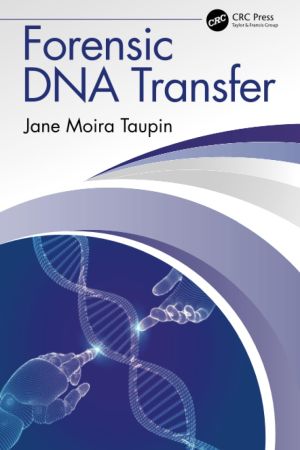
Forensic DNA Transfer provides a guide to the recognition and current understanding of DNA transfer in forensic criminal investigations. Increased improvements in technology mean that it is now routinely possible to obtain DNA profiles from non-visible deposits. How or when the DNA in question was deposited may be an issue in the context of the case, especially if the donor of the DNA is not in dispute. A DNA profile alone cannot reveal when or how that DNA was deposited at a crime scene, nor can it reveal the body matter from which it originated. Issues of transfer associated with activities may be debated—which the traditional discrimination purpose of DNA profiling cannot address.
DNA may be everywhere and anywhere—in homes, workplaces, transport, and on personal items including clothing. DNA from a person may be on an object they have never contacted or in a room they have never entered. Concepts discussed in the book include non-self DNA on hands through day-to-day activities, the prevalence of background DNA in the environment and perhaps on the exhibit, the persistence of any DNA transferred, and that a DNA result will depend on these variables as well as recovery techniques. Since DNA may be transferred to an exhibit: (a) during the commission of a crime, (b) before the crime, and/or (c) after the crime through handling, examination, and testing, this text covers various transfer pathways and sources of DNA. Inadvertent issues of transfer of DNA resulting in wrongful convictions and the misleading of investigations are discussed, with an emphasis on contamination mitigation.
Forensic DNA Transfer examines the additional complexity resulting from non-visible deposits of DNA that impact on sampling and testing regimes. The changing understanding of the composition of purported "touch DNA" deposits from the skin, including extracellular DNA transported via body secretions is described. Further, the newer focus on interpreting DNA evidence—using activity level propositions and the rationale and associated issues—is also discussed.